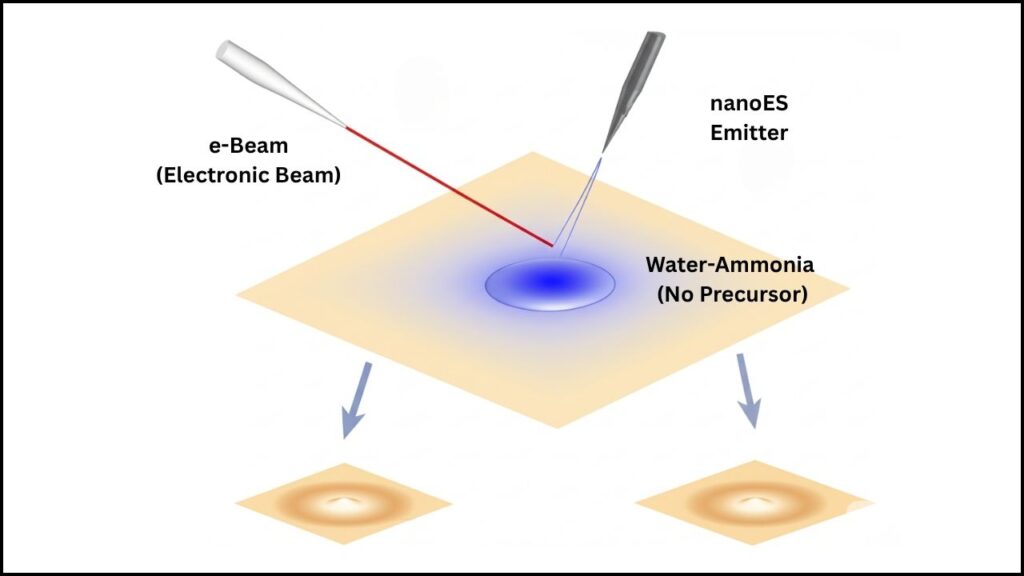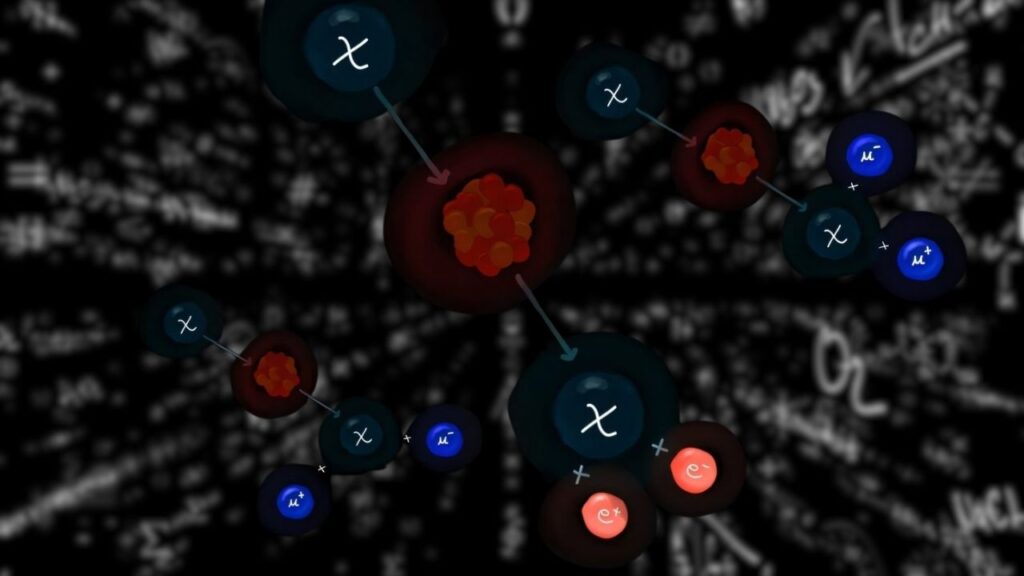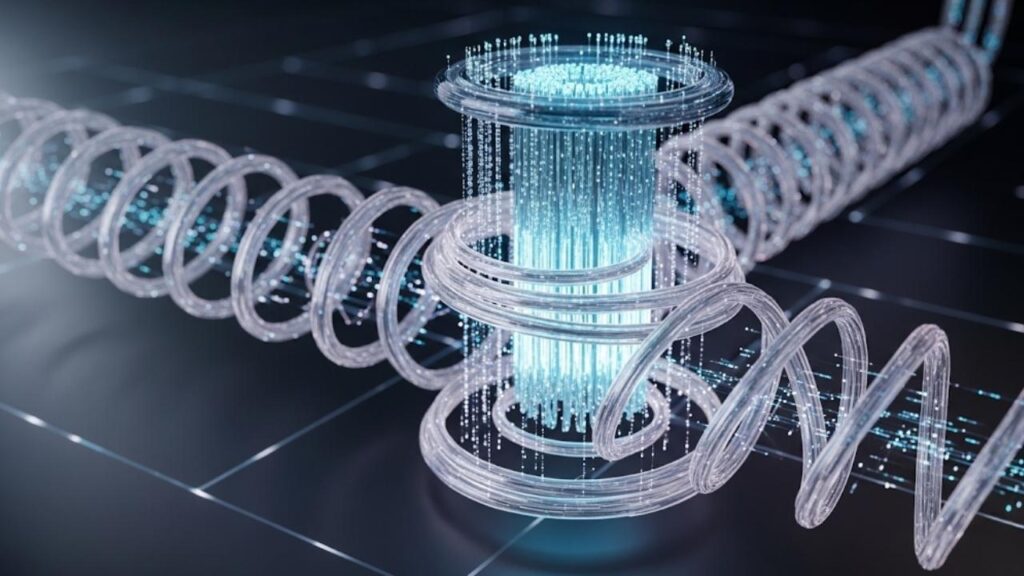Scientists have recently come forward with a fascinating and somewhat alarming idea: Dark matter inside gas giants—such as massive planets—could accumulate and collapse, eventually turning into black holes. This could mean that some gas giants far beyond our solar system might be quietly harboring or even being destroyed by black holes formed from dark matter within their cores. This new understanding could rewrite how we think about planets, black holes, and the mysterious dark matter that seems to permeate our universe.

Table of Contents
What Is Dark Matter and Why Does It Matter?
Before we dive deep into this captivating subject, let’s unravel some basics. Dark matter is a mysterious form of matter that does not emit light or energy, so it’s invisible to us with telescopes. Even though we can’t see it, scientists know it exists because of its gravitational effects on stars, galaxies, and the universe at large. It is believed to make up about 27% of the universe’s mass-energy content, far outweighing the ordinary matter that forms stars, planets, and everything we see.
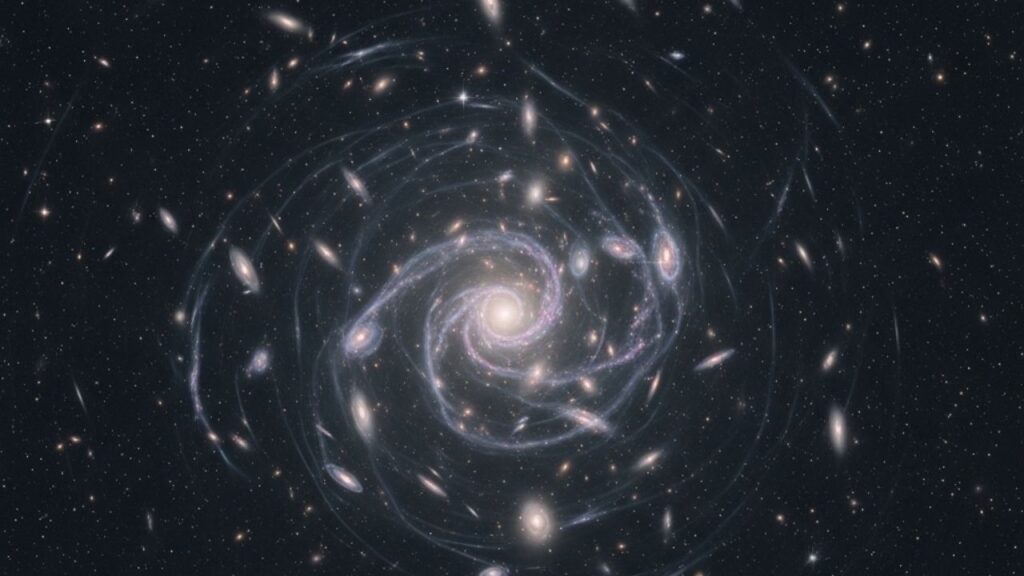
Scientists are still trying to figure out what dark matter is made of and how it interacts with the stuff we’re familiar with. Now, exciting new research suggests that dark matter can interact within gas giant planets in unique ways, potentially leading to black holes being born right inside these planets.
Dark Matter Inside Gas Giants Could Turn Into Black Holes
| Aspect | Detail |
|---|---|
| Topic | Dark Matter Inside Gas Giants Turning Into Black Holes |
| Published Study | University of California, Riverside, Physical Review D (2025) |
| Dark Matter Estimated Universe % | Approximately 27% of the universe’s mass-energy content |
| Black Hole Formation Mechanism | Dark matter accumulation inside gas giants collapsing under gravitational force |
| Timescale for Black Hole Formation | Potentially as short as 10 months |
| Importance for Dark Matter Research | Offers new ways to detect and study superheavy dark matter through exoplanet surveys |
| Potential Locations | Gas giants, especially near the Milky Way’s galactic center |
| Link for Reference | UCR Physics News |
The idea that dark matter inside gas giants could collapse into black holes is a thrilling breakthrough in astrophysics. This phenomenon, once only considered theoretical, might soon be observed thanks to advances in planetary science and dark matter research. It challenges our traditional understanding of black hole formation and offers a new way to explore the enigmatic dark matter that shapes our universe.
For anyone passionate about the cosmos, this discovery underscores the incredible complexity and ongoing surprises that space holds. Astrophysicists, data scientists, and space exploration enthusiasts now have even more reason to look to the stars—and the planets beyond our solar system—to unlock the universe’s deepest secrets.
The New Research: Dark Matter and Black Holes in Gas Giants
Scientists from the University of California, Riverside, including physicists Mehrdad Phoroutan-Mehr and Tara Fetherolf, have recently published a study in Physical Review D that explores a surprising scenario: gas giants that gather dark matter in their interiors might see that dark matter collapse into small black holes. These black holes could form quickly enough to be detected — possibly even on human-observable timescales.
Gas giants are large planets mainly made of gases like hydrogen and helium. Our solar system hosts giants like Jupiter and Saturn, and exoplanets (planets orbiting other stars) include many gas giants much larger and stranger than those around us.
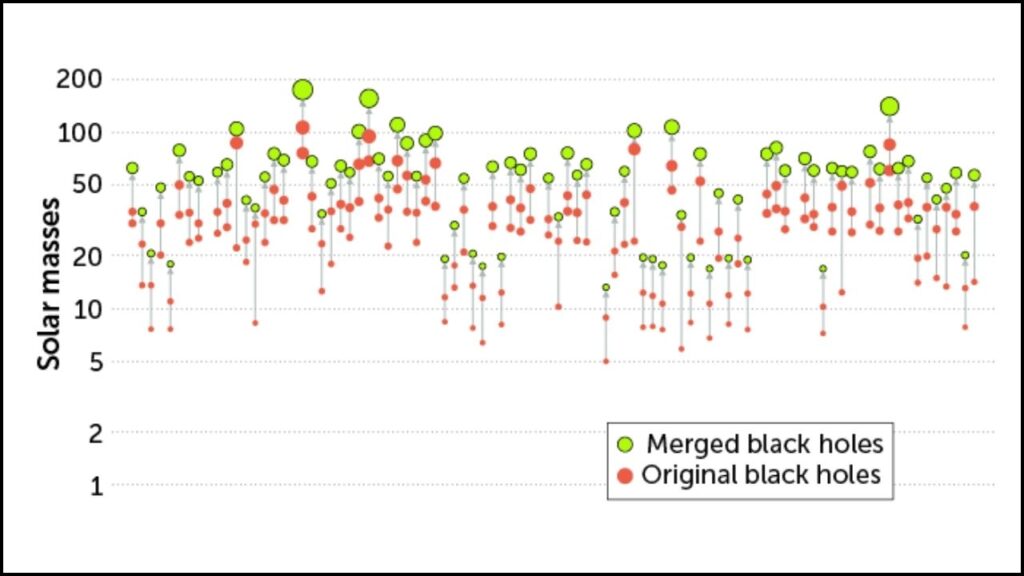
How Does This Happen?
- Dark matter particles enter the gas giant by passing through or being gravitationally captured.
- Some dark matter particles bounce off molecules inside the planet, losing energy and becoming trapped.
- Over time, more and more dark matter accumulates, increasing the density in the core.
- Finally, the dark matter collapses under its own gravity, forming a black hole.
The black hole could grow by consuming the gas giant itself or remain dormant, forming a “hidden” black hole inside the planet.
Why Is This Important?
Until now, astronomers believed black holes had to be at least as massive as the sun to form or that smaller black holes could only have formed in the early universe. However, this research suggests that planet-mass black holes might exist, and they could come from gas giants filled with dark matter rather than star collapses.
Discovering such black holes would be a “major breakthrough” because it would open up new ways of studying both dark matter and black hole formation. More importantly, it would give scientists a new method to probe superheavy dark matter particles by observing exoplanets, especially those near the center of our Milky Way galaxy, an area bathed in dense dark matter.
Breaking Down the Science: How Dark Matter Triggers Black Holes in Gas Giants
1. Gas Giants: The Basics
Gas giants are planets much larger than Earth, mostly composed of gases like hydrogen and helium. They have thick atmospheres and no solid surfaces, and can be many times more massive than planets like Earth.
2. Dark Matter Behavior Inside Planets
Unlike ordinary matter, dark matter typically passes through normal matter without interaction. However, specific kinds of dark matter might occasionally collide with molecules in gas giants, losing energy and becoming trapped inside the gas giant’s core.
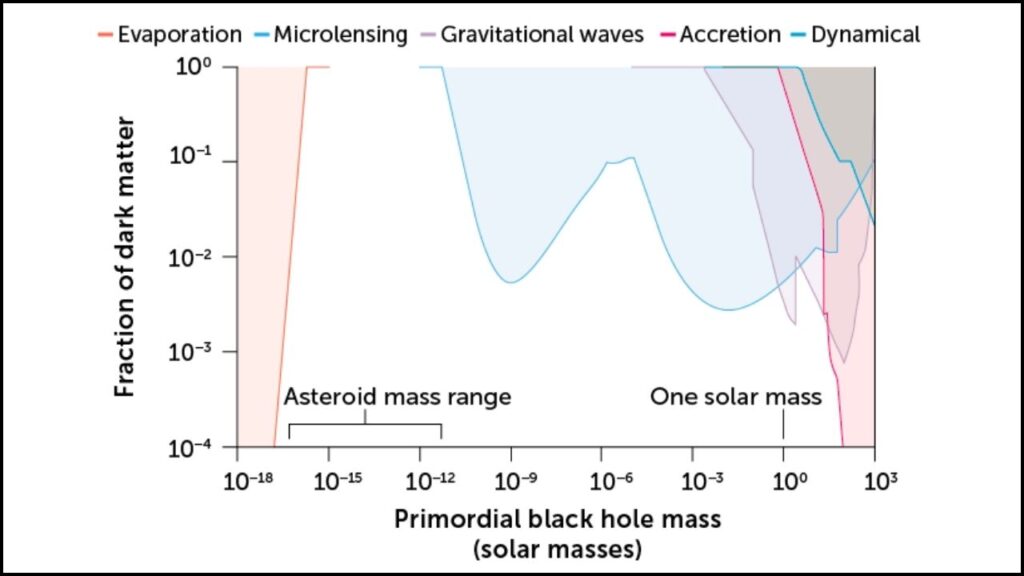
3. Gravitational Collapse
As dark matter gathers, it forms a dense core inside the planet. When the density and mass become high enough, this core can collapse under its own gravity, creating a black hole.
4. Possible Black Hole Growth
Once formed, the black hole might slowly consume the surrounding gases of the planet, growing larger over time. This process could eventually destroy the gas giant or drastically alter its structure.
Practical Insights and Career Relevance in Astrophysics
This discovery opens exciting opportunities across science and technology fields:
- Astrophysics and Space Science: Researchers can design new missions and instruments to detect these small black holes through variations in exoplanet behavior or gravitational effects.
- Data Analysis and Modeling: With increasing exoplanet data from missions like NASA’s TESS, ESA’s PLATO, and others, analyzing planet compositions and anomalies could lead to groundbreaking insights.
- Particle Physics: The study encourages particle physicists to revisit their dark matter models, especially considering interactions dense enough to cause black hole formation.
- AI and Simulation Experts: Modeling these complex gravitational dynamics requires advanced computation, opening career paths for data scientists and AI specialists in astrophysics simulations.
Scientists Launch Intergalactic Experiment to Snag Dark Matter—You’ll Never Guess How
Dark Matter Breakthrough: Scientists Might Finally Detect It With This Strange Quantum Trick
Physicists Zero In on a Fifth Force That Could Reveal What Dark Matter Really Is
FAQs About Dark Matter Inside Gas Giants Could Turn Into Black Holes
What exactly is dark matter?
Dark matter is an invisible substance that makes up about 27% of the universe’s mass-energy. We cannot see it, but its gravity holds galaxies and the universe’s structure together.
How can dark matter form a black hole inside a planet?
If dark matter particles get trapped inside a gas giant and accumulate in large amounts, their gravity causes them to collapse into a black hole.
Are there black holes inside the planets we know, like Jupiter?
Current research focuses on exoplanets and theoretical models. No evidence yet shows black holes inside solar system planets like Jupiter.
How could we detect these black holes inside gas giants?
Scientists plan to use detailed observations of exoplanets, especially those near the galactic center where dark matter is denser, to look for unusual behaviors or signs of black holes.
Why is this discovery important?
It provides a new method for studying dark matter and black holes, potentially solving long-standing mysteries about the universe’s invisible mass.

